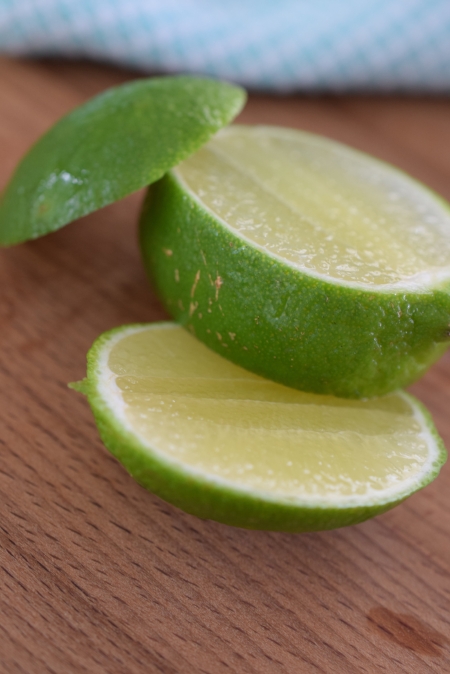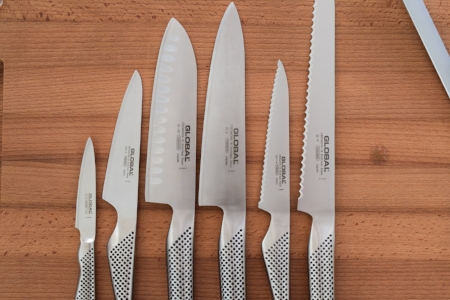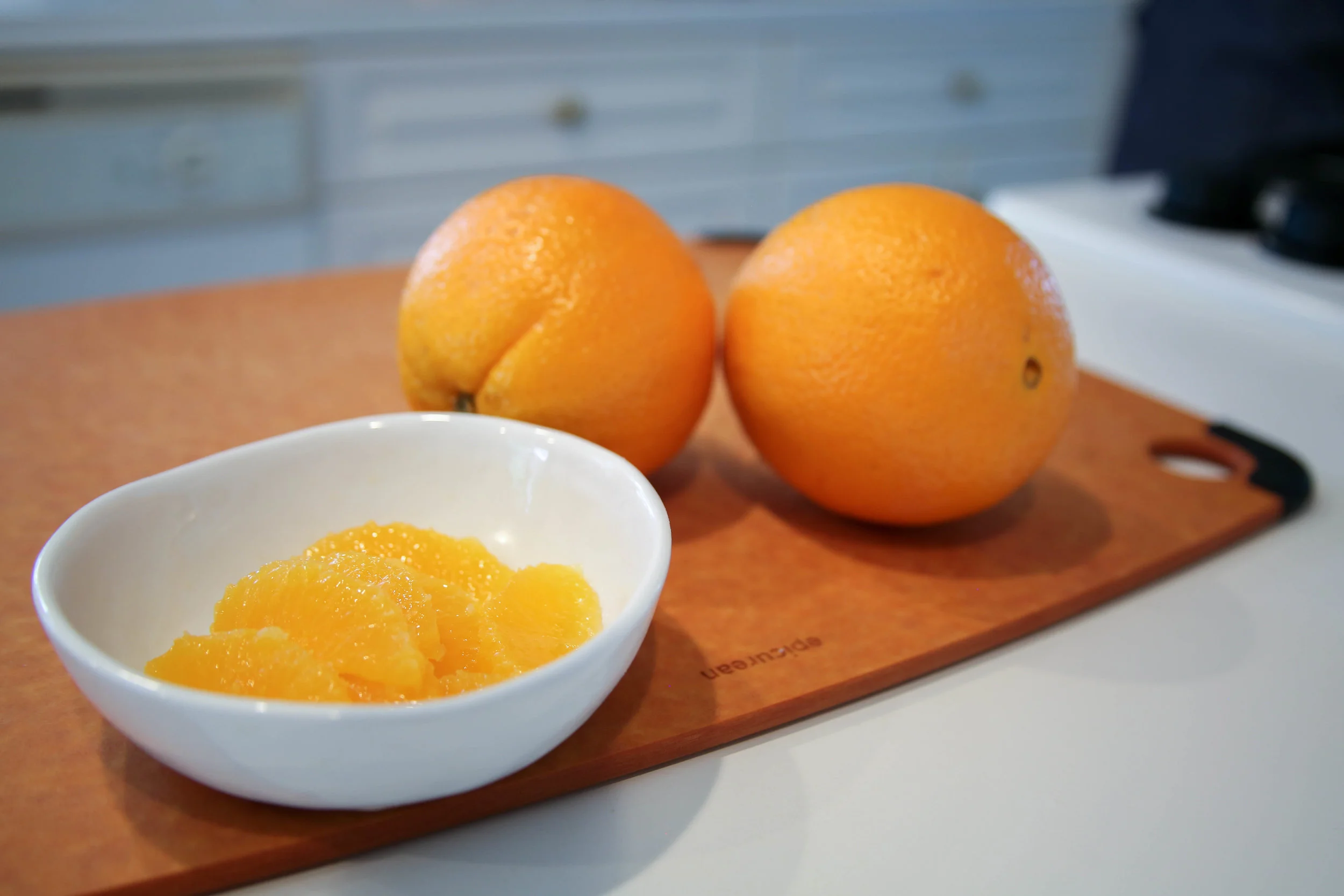Juicing Limes: Getting the Most Juice for your Buck | Tuesday’s Tip of the Day!
Let’s face it, limes aren’t cheap and some of them are so darn dry inside. We try our best to select the juiciest limes at the store, roll them on our cutting boards once home to get even more, slice into them with anticipation and only a few teaspoons of fresh juice suffice. Either limes are naturally yielding less juice than their past ancestors or I’m shopping at the wrong store. Today, I share a great tip a Chef friend, Anthony, taught me. Try this at home and you’ll be thanking me later!
Instead of slicing across the equator, slice off both “cheeks”, the curved area on either side of the lime. As it turns out, most of the juice lives on the outer surface closer to the peel; The area that’s hard to target when using a conventional handheld lime juicer.
Juice the cheeks with your fingers then cut the center core in half juicing to your best ability. At this point, you can also put them in a handheld lime or lemon juicer and squeeze with all your might!
Now that you have the most juice for your buck, how will you incorporate them you’re your weekly menu rotation?
For other terrific tips and hundreds of recipes, visit my website (thetabletogether.com). While there, consider “subscribing” and I will send a new tip or blog post directly to your inbox every Tuesday and Wednesday morning!
P.S. Make sure you check out my YouTube channel, The Table Together with Tiffany Lewis, for dozens of videos solely dedicated to bringing all of these fantastic tips and recipes to life!
Cheers to starting a new tradition around The Table Together!
Sincerely,
Tiffany Lewis
Founder and true believer in the power of bringing people around The Table Together!



























